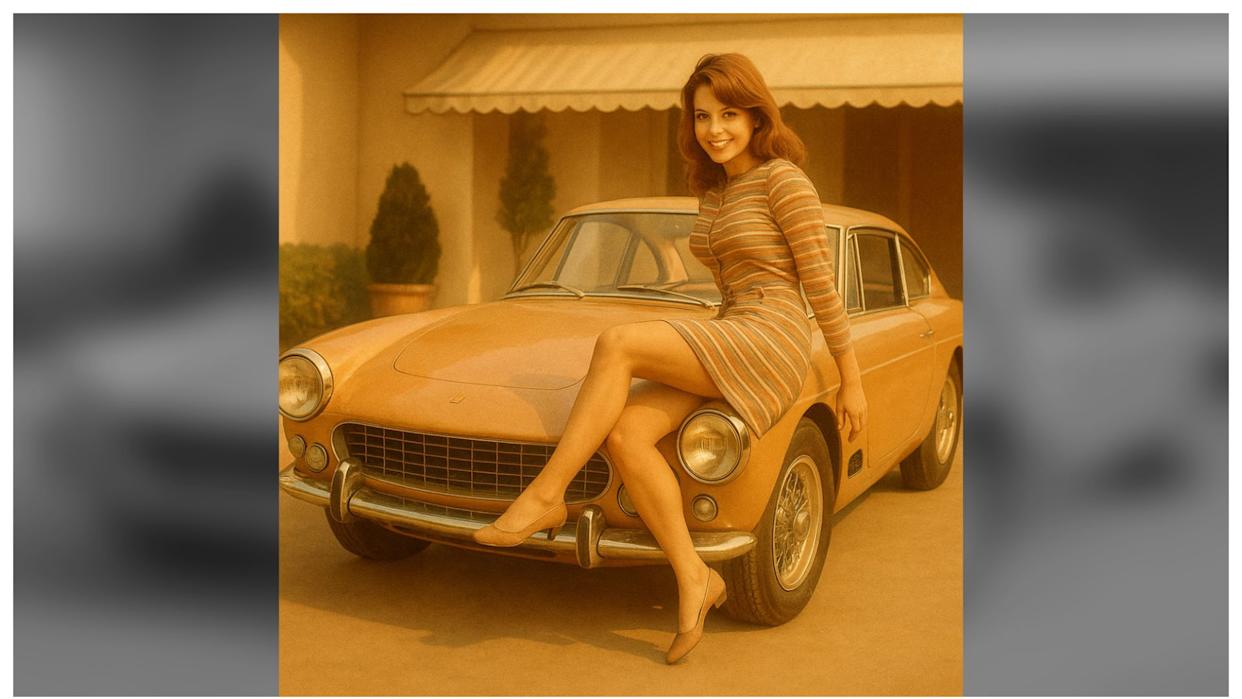
Nearly five decades after mourners watched a crane lower a Ferrari into a concrete vault, the burial of Texas oil heiress Sandra Ilene West remains one of the most persistent stories in American car culture—and one of the most disputed.
West died in 1977 and left instructions that she be interred inside her Ferrari with the driver’s seat reclined, dressed in a lace nightgown. The funeral, held at a San Antonio cemetery, unfolded as a made-for-headlines spectacle: workers guided the car into a reinforced vault, then sealed it beneath a heavy concrete cap meant to deter grave robbers. The scene—an improbable blend of wealth, celebrity intrigue and crime-proof engineering—moved swiftly from local news to national lore.
What followed was a long-running argument over the very machine that shared her grave. Later retellings often claimed the car was a 365 GTB/4 “Daytona,” while some enthusiasts insisted it was a 250 GTE. Contemporary reports from 1977 most commonly identified the Ferrari as a powder-blue 1964 330 America, a short-run V-12 model that bridged the 250 and 330 series. The conflicting claims have become part of the legend, fueled by hazy photos, secondhand memories and the understandable scarcity of fresh documentation about a vehicle that, by design, can no longer be inspected.
The basics, however, are not in dispute. West’s will spelled out the unusual burial, and the family proceeded with a tightly controlled graveside operation to carry it out. The vault’s construction—and its conspicuous mass of concrete—was a practical response to the obvious risk: a valuable car linked forever to a famous name, in a public cemetery. The goal was to fulfill the will and protect the site from theft or vandalism.
That blend of instructions and engineering helped turn the funeral into an enduring cultural touchstone. The story resurfaces whenever lists of unusual burials appear, whenever auction rooms trade rare Ferraris, and whenever car forums debate the differences among Ferrari’s front-engine V-12s of the 1960s. The enduring question—Which Ferrari was it?—captures how easily rare models blur together in the public imagination, especially when separated by time and concrete.
The fascination also speaks to the moment in which West lived and died. In the late 1970s, the Ferrari mystique was accelerating in America, while high-profile estates and celebrity lifestyles were daily news. West’s burial joined those threads into a single, unforgettable image: the luxury object not as heirloom but as mausoleum.
Today the grave remains part of San Antonio lore, referenced in local histories and traded as an almost unbelievable fact among car enthusiasts. The specifics—seat reclined, lace nightgown, powder-blue paint, and a vault meant to outlast rumor—give the tale its staying power. And because the car cannot be exhumed for a definitive identification, the dispute over its exact model is likely to continue.
What endures most is the clarity of West’s directive and the meticulous lengths taken to honor it. In an era when consumer products, including cars, often outlived their owners only as collectibles, West chose a different epitaph: a final ride, permanent and private, sealed against curiosity yet destined to be talked about for generations.
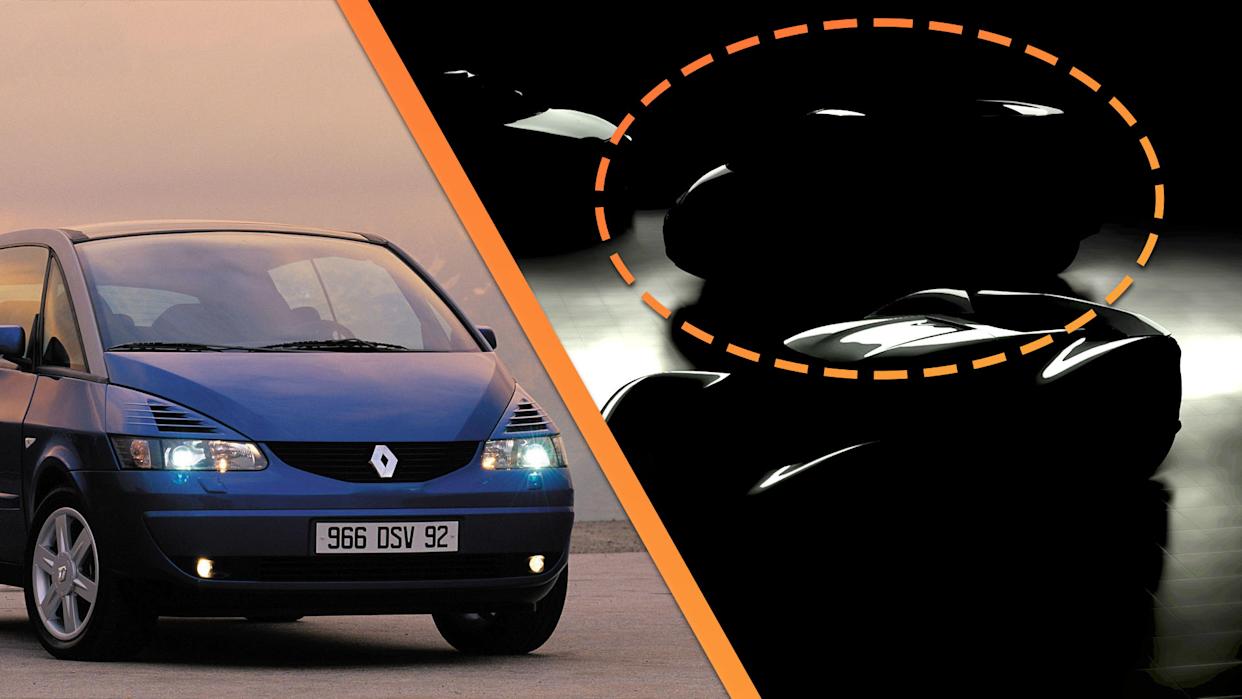


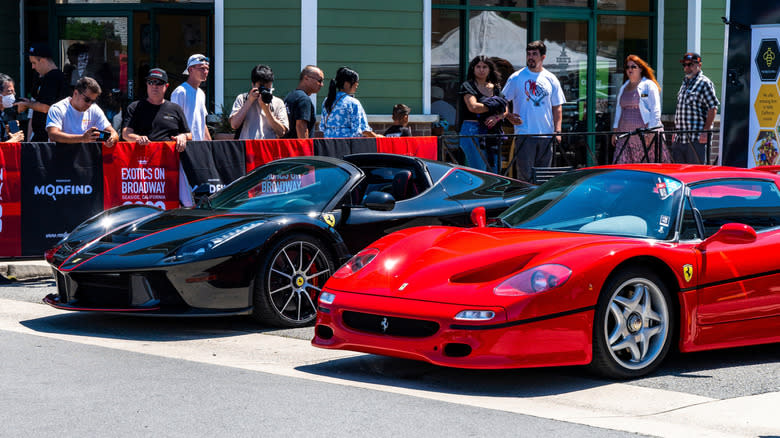
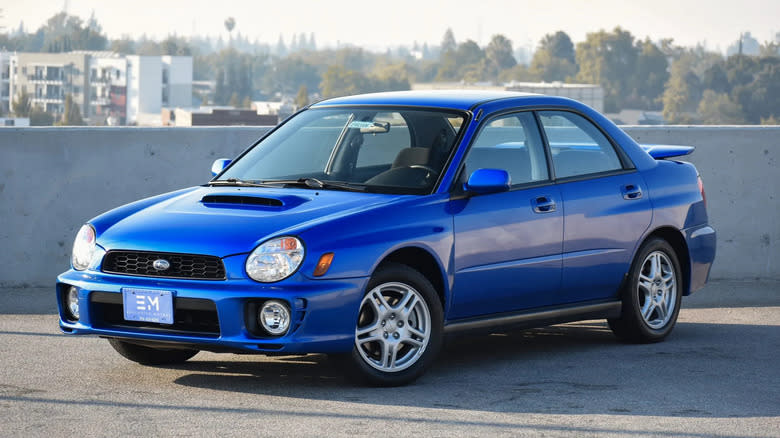
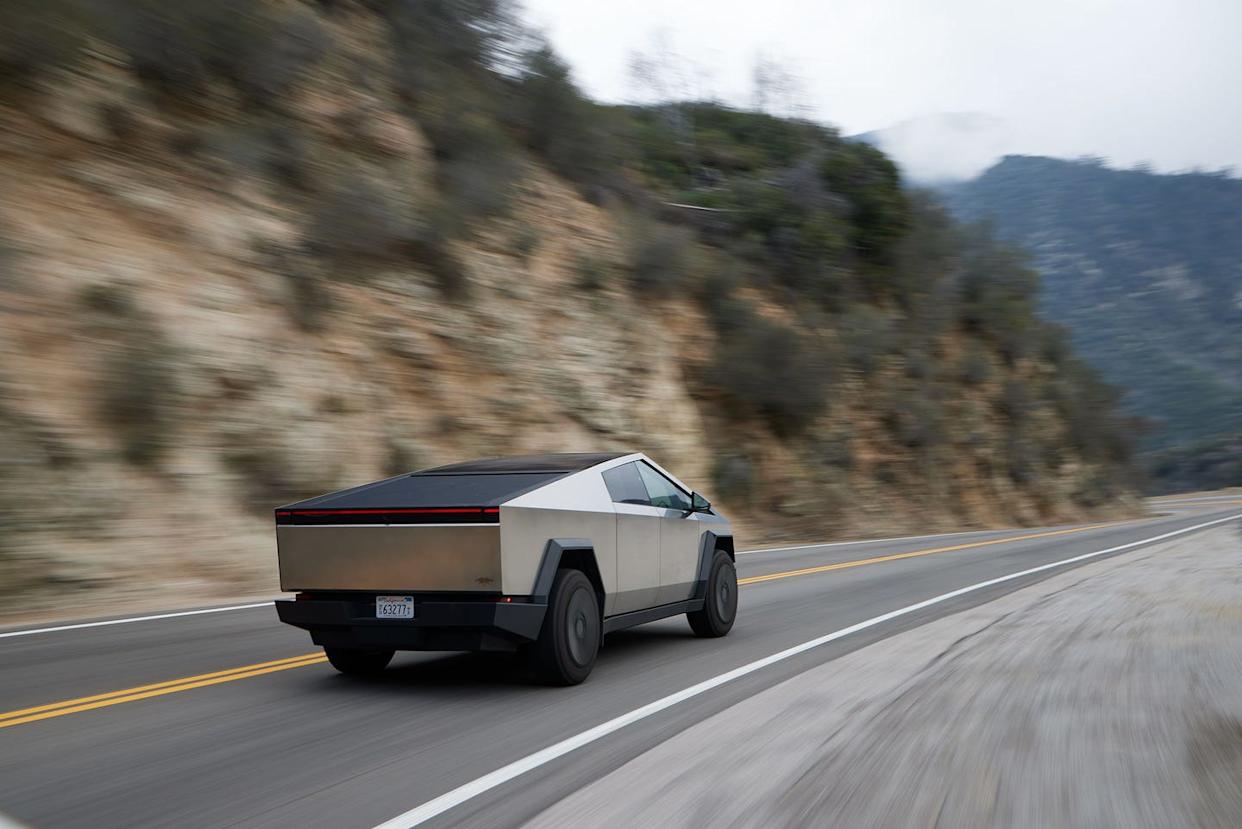

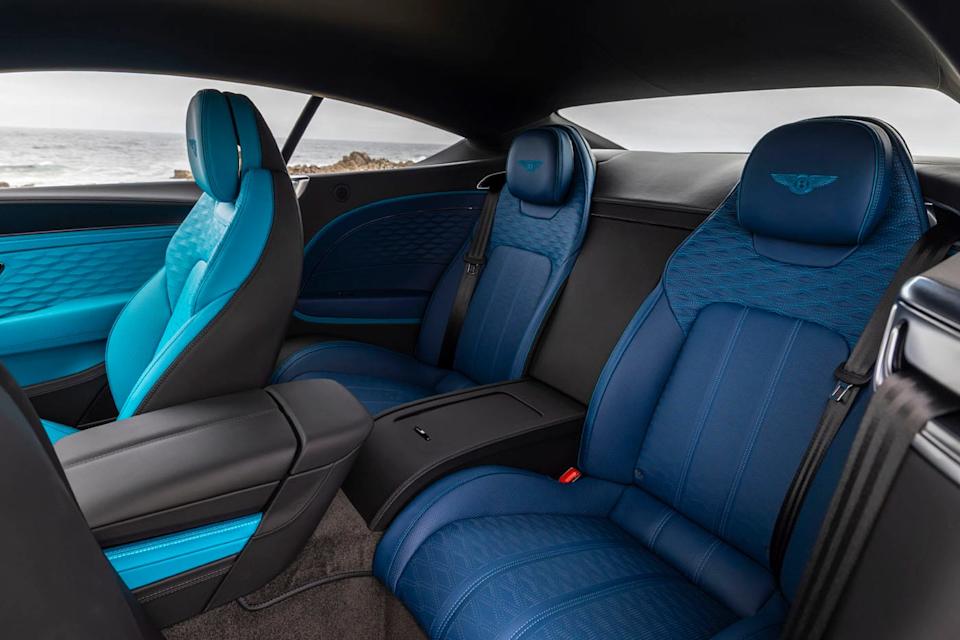
Comments